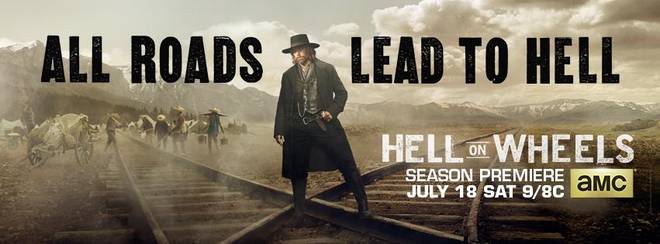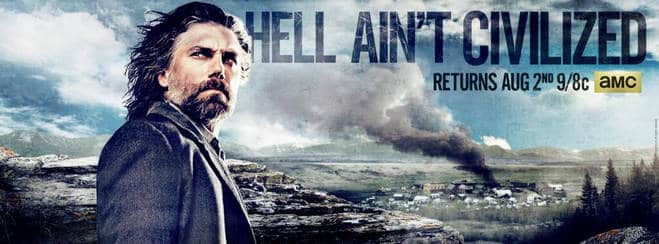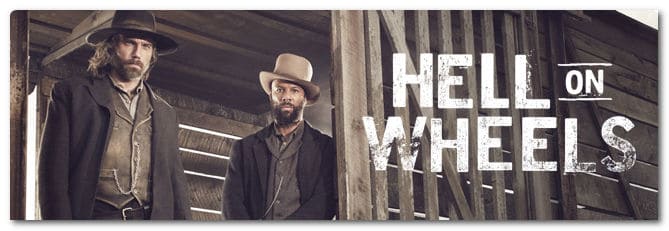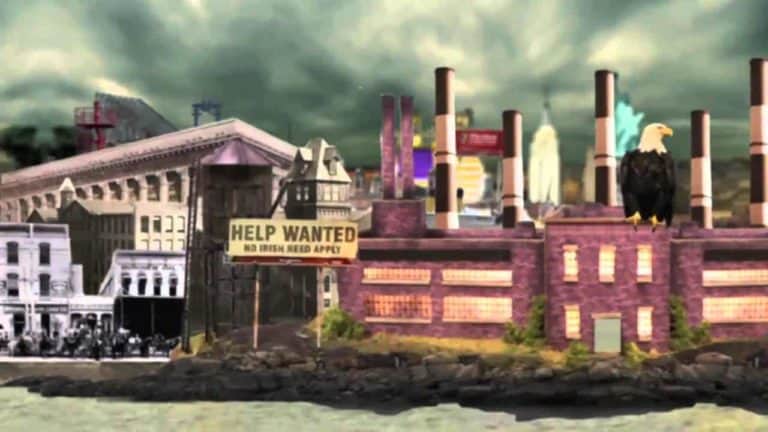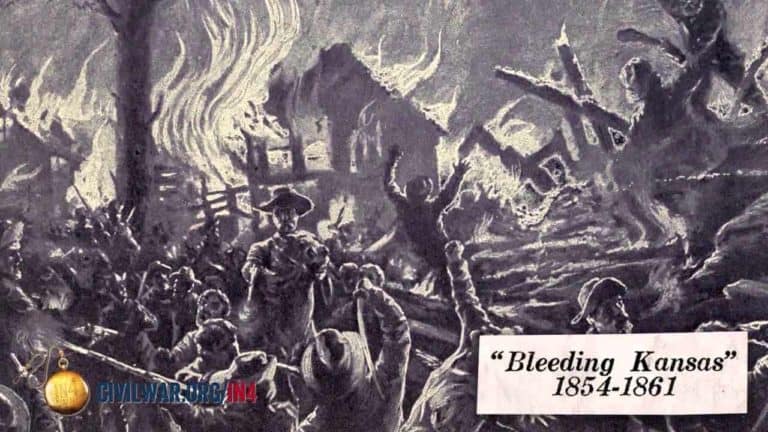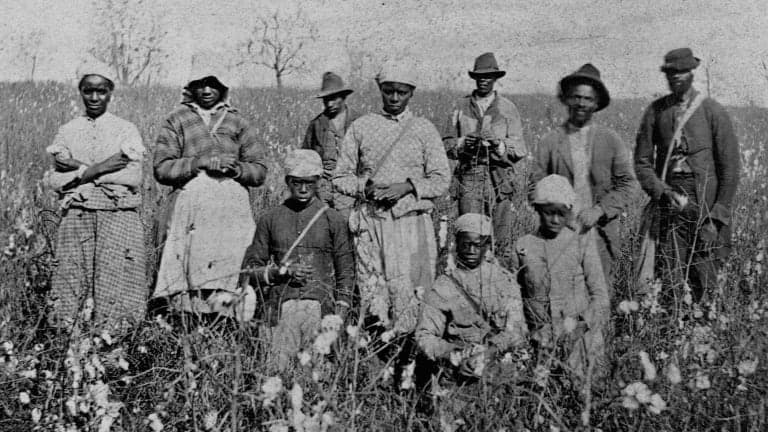Des archéologues affirment que les restes du corps qui ont été excavés en dessous d’un parking à Leicester le 4 février 2013 appartiennent au roi anglais Richard III.
Le squelette, retrouvé en septembre 2012, présente au niveau de la colonne vertébrale des signes de scoliose, que Richard III avait certainement, et des blessures de guerre qui correspondent aux récits de la mort de Richard III au cours de la Guerre des Deux-Roses.
C’est ce qui a poussé les archéologues à demander des tests plus poussés afin de vérifier son identité.
Les chercheurs de l’Université de Leicester ont donc conduit une série de tests, dont un test de l’ADN extrait d’une dent et d’un os de Michael Ibsen, un descendant actuel de la soeur de Richard III, Anne of York.
Ce test a confirmé la relation génétique entre l’ADN d’Ibsen et celui du squelette. Ces restes sont donc bien ceux de Richard III.
Richard III et la Guerre des Deux-Roses
Richard III est né en 1452 et a gouverné l’Angleterre de 1483 à 1485. Son règne se termina par sa mort à la bataille de Bosworth Field, la bataille finale dans la guerre civile anglaise que l’on connait sous le nom de Guerre des Deux-Roses, opposant la maison royale de Lancastre à la maison royale d’York.
La guerre prend fin en 1485, quand le dernier des rois Plantagenêt Richard III d’Angleterre meurt au champ d’honneur, et qu’Henri VII devient roi.
La maison de Lancastre descendait de Jean de Gand, duc de Lancastre et 3e fils du roi Édouard III.
Celle d’York descendait de son frère Edmond de Langley (1341-1402), 4e fils du roi Édouard III, devenu duc d’York en 1385.
L’emblème de la maison de Lancastre était la rose rouge, tandis que celui des York était la rose blanche, ce qui est à l’origine du nom donné a posteriori à ce conflit.
Lire la suite
